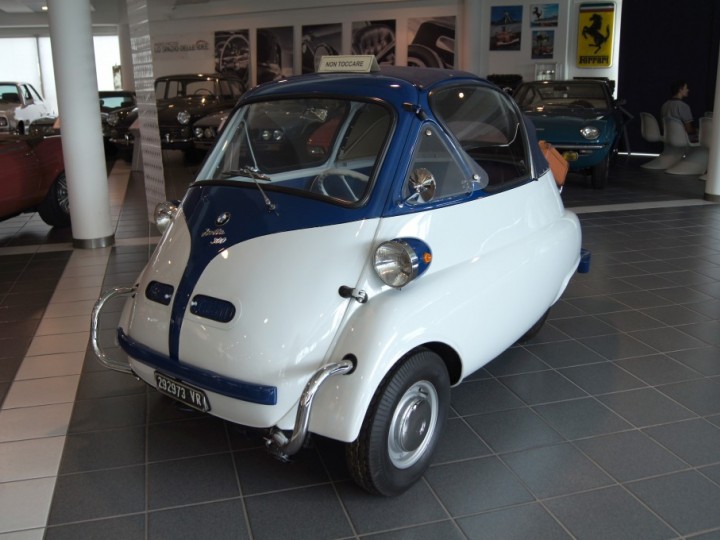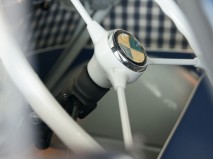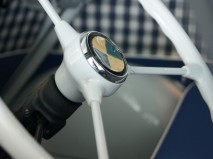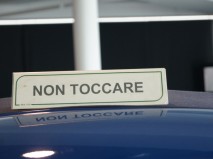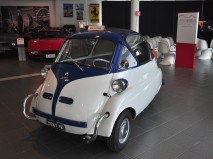1959 BMW Isetta
en.wikipedia.org
The Isetta is an Italian-designed microcar built under licence in a number of different countries, including Spain, Belgium, France, Brazil, Germany and the United Kingdom. Because of its egg shape and bubble-like windows, it became known as a bubble car, a name later given to other similar vehicles.
The BMW Isetta was in 1955 the world's first mass-production 3-Litres/100 km car.It was the top-selling single-cylinder car in the world, with 161,728 units sold
In 1956, the government of the Federal Republic of Germany changed the regulations for motor vehicles. Class IV licences issued from that time onward could only be used to operate small motorcycles and could no longer be used to operate motor vehicles with a capacity of less than 250 cc. At the same time, the maximum capacity allowed for the Isetta's tax category was 300 cc. Class IV licences issued before the change in the regulations were grandfathered and allowed to be used as before.
This change in regulations encouraged BMW to revise their Isetta microcars. In October 1956, the Isetta Moto Coupe DeLuxe (sliding-window Isetta) was introduced. The bubble windows were replaced by longer, sliding side windows. The engineers had enlarged the single cylinder to a 72 mm (2.8 in) bore and 73 mm (2.9 in) stroke, which gave a displacement of exactly 298 cc; at the same time, they raised the compression ratio from 6.8 to 7.0:1. As a result, the engine power output rose to 10 kW (13 hp) at 5200 rpm, and the torque rose to 18.4 N•m (13.6 ft•lbf) at 4600 rpm. The maximum speed remained at 85 km/h (53 mph), yet there was a marked increase in flexibility, chiefly noticeable on gradients.


